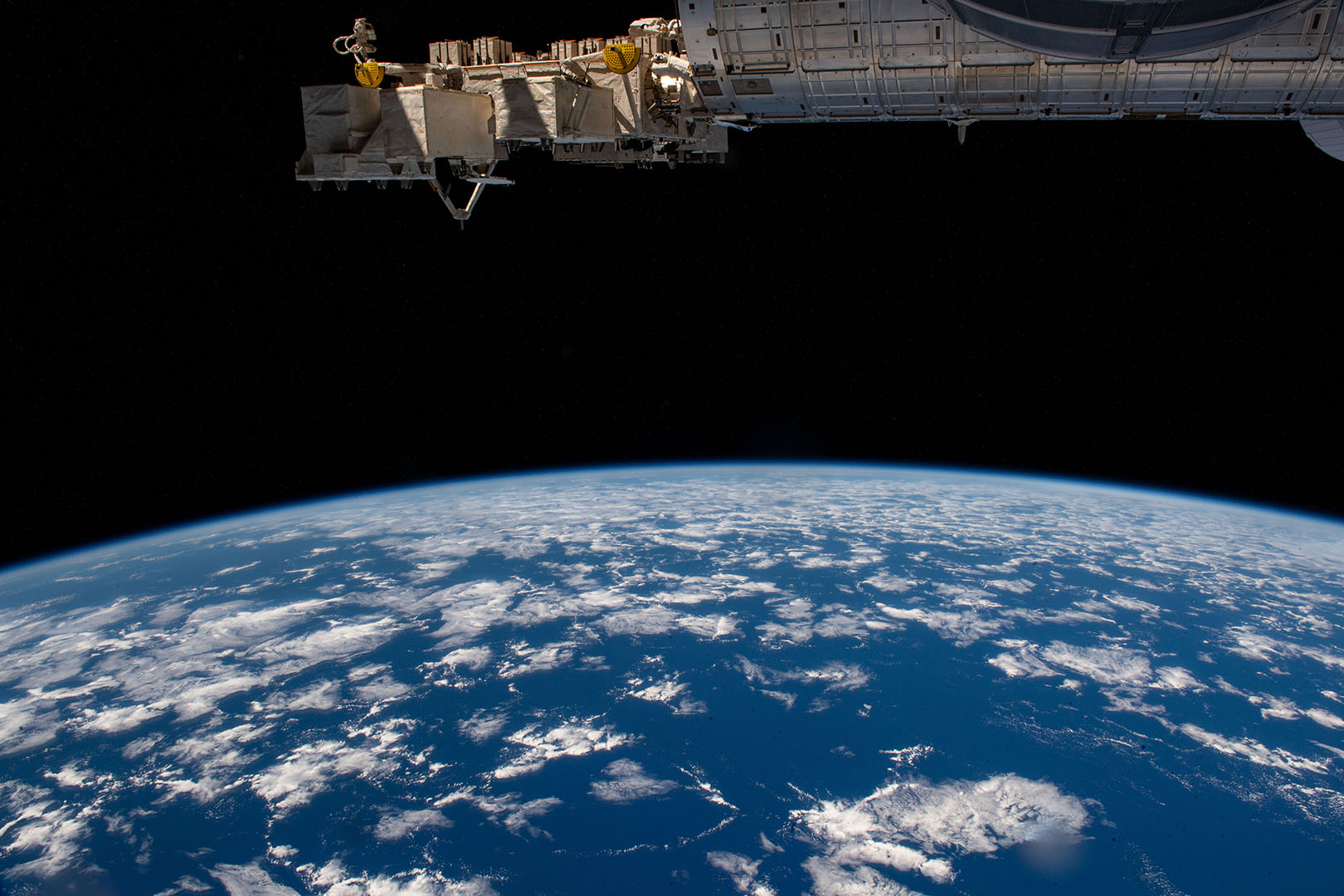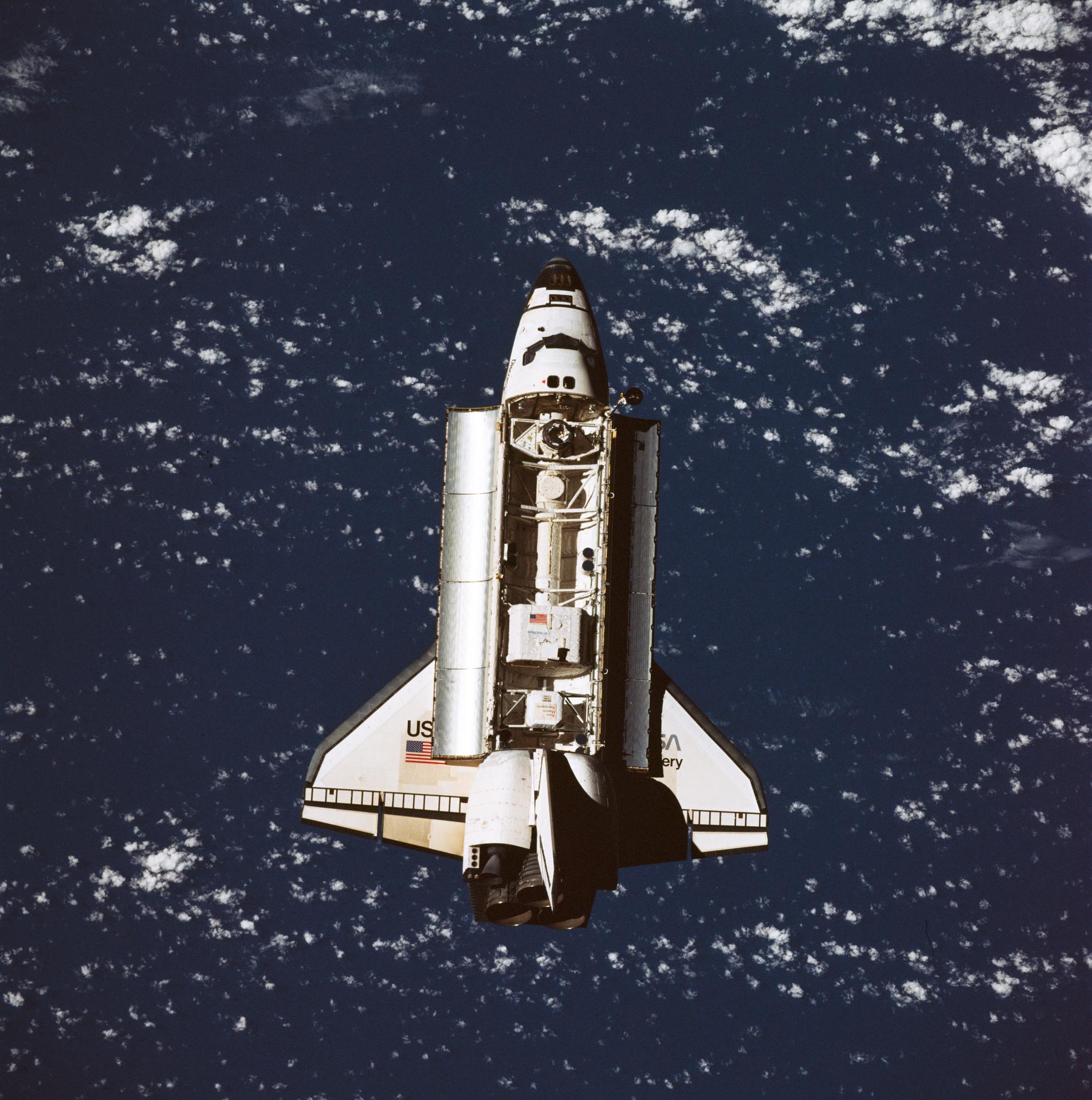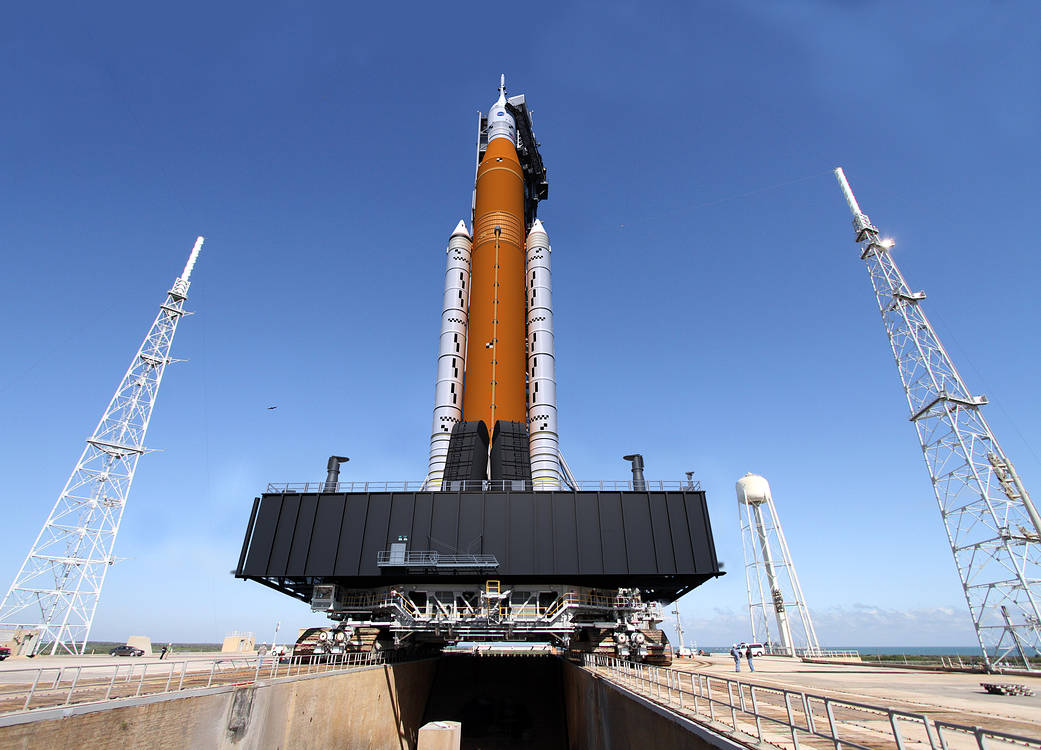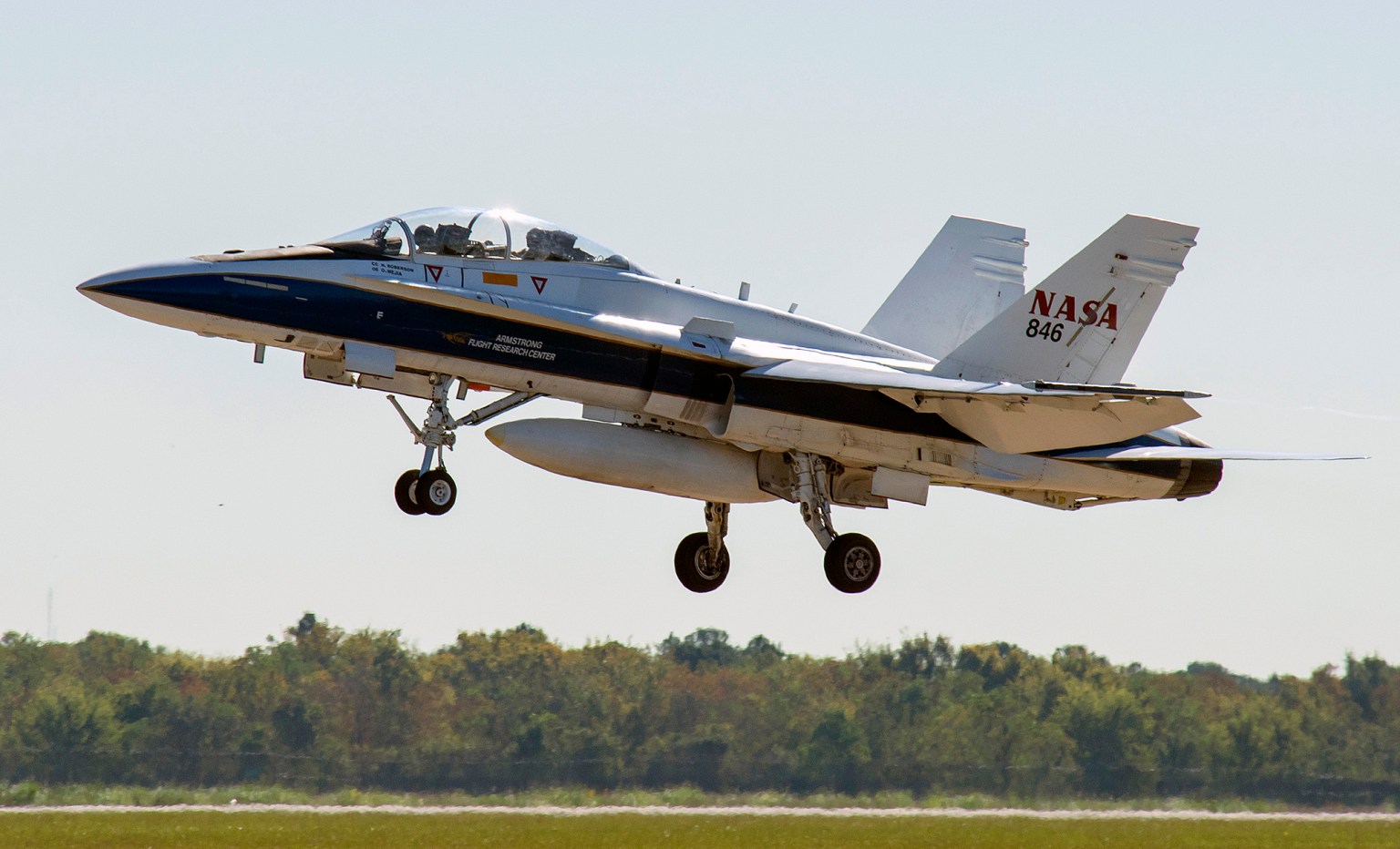Explore the Research Archives & Tools

NASA Science Data
Earth, heliophysics, planetary, and astrophysics observations and data are freely accessible to all from our science programs, including NASA’s many partners in the United States, international organizations and governments, the scientific community, the private sector, and the general public.
Data from NASA’s Missions, Research, and Activities
NASA has a strong track record of archiving and providing universal access to science data products from its science missions and programs. As a matter of longstanding policy and practice, NASA archives all science mission data products to ensure long-term usability and to promote wide-spread usage by scientists, educators, decision-makers, and the general public. Our vision is to facilitate the on-going scientific discovery process and inspire the public through the body of knowledge captured in these public archives. The archives are primarily organized by science discipline or theme. Communities of practice within these disciplines and themes are actively engaged in the planning and development of archival capabilities to ensure responsiveness and timely delivery of data to the public from the science missions.
Planetary Data System
The Planetary Data System (PDS) originally developed in the 1990s provides access to data from more than 50 years of planetary science missions via distributed topical nodes at seven research institutions. Astrophysics science archives have been established in a wavelength-specific structure alongside the Astrophysics Great Observatories, which include the Hubble Space Telescope, the Chandra X-Ray Telescope, and the Spitzer Infrared Space Telescope. The astrophysics data centers in turn have formed the foundation pieces for the Virtual Astronomical Observatory, or the seamless view of the digital sky in all wavelengths. The evolving Heliophysics Data Environment provides access to data and physics-based models that facilitate a systems level understanding of the Sun and its impact on our solar system.
Earth Observing System Data and Information System
Perhaps the most notable endeavor in this regard is the Earth Observing System Data and Information System (EOSDIS), which processes, archives, and distributes data from a large number of Earth observing satellites and represents a crucial capability for studying the Earth system from space and improving prediction of Earth system change. EOSDIS consists of a set of processing facilities and data centers distributed across the United States that serve hundreds of thousands of users around the world.
We promote broader utilization of our science data archives beyond the original investigators by increasing awareness of and ease of access through Web services and applications programming interfaces (APIs). The Earth Observing System (EOS) Clearinghouse (ECHO) is one such effort to promote broader use of Earth science data. ECHO is a spatial and temporal metadata registry that allows users to more efficiently search and access data and services and increases the potential for interoperability with new tools and services. We also have an extensive set of education and public outreach efforts that build on the science data archives to engage and excite students and the general public to use the data in citizen science endeavors. The “My NASA Data” site is one such effort to mentor teachers and amateurs in using atmospheric and Earth science data.
World Wide Telescope & Galaxy Zoo.
Finally, we support ever-increasing public participation by providing science datasets used in software applications on the Web, mobile phones, and other personal devices. These applications include desktop geographical-browsers such as World Wide Telescope (WWT) and Web applications like Galaxy Zoo. WWT is a rich visualization environment that functions as a virtual telescope, allowing anyone to make use of professional astronomical data to explore and understand the universe. Galaxy Zoo is very effective “crowd-sourcing” effort that has significantly enhanced the use of the science datasets. These platforms collectively reach millions of users worldwide, and provide exciting new capabilities for browsing data sets and soliciting broad public participation in science data analysis on a scale that has not previously been possible.
NASA Mission Data Products
NASA has publicly archived all of its data received from spacecraft projects, including over 4TB of new Earth Science data each day. The data below—grouped by subject —are also available or described on NASA's Open Data Catalog.
Explore NASA's Open Data Catalog about NASA Mission Data Products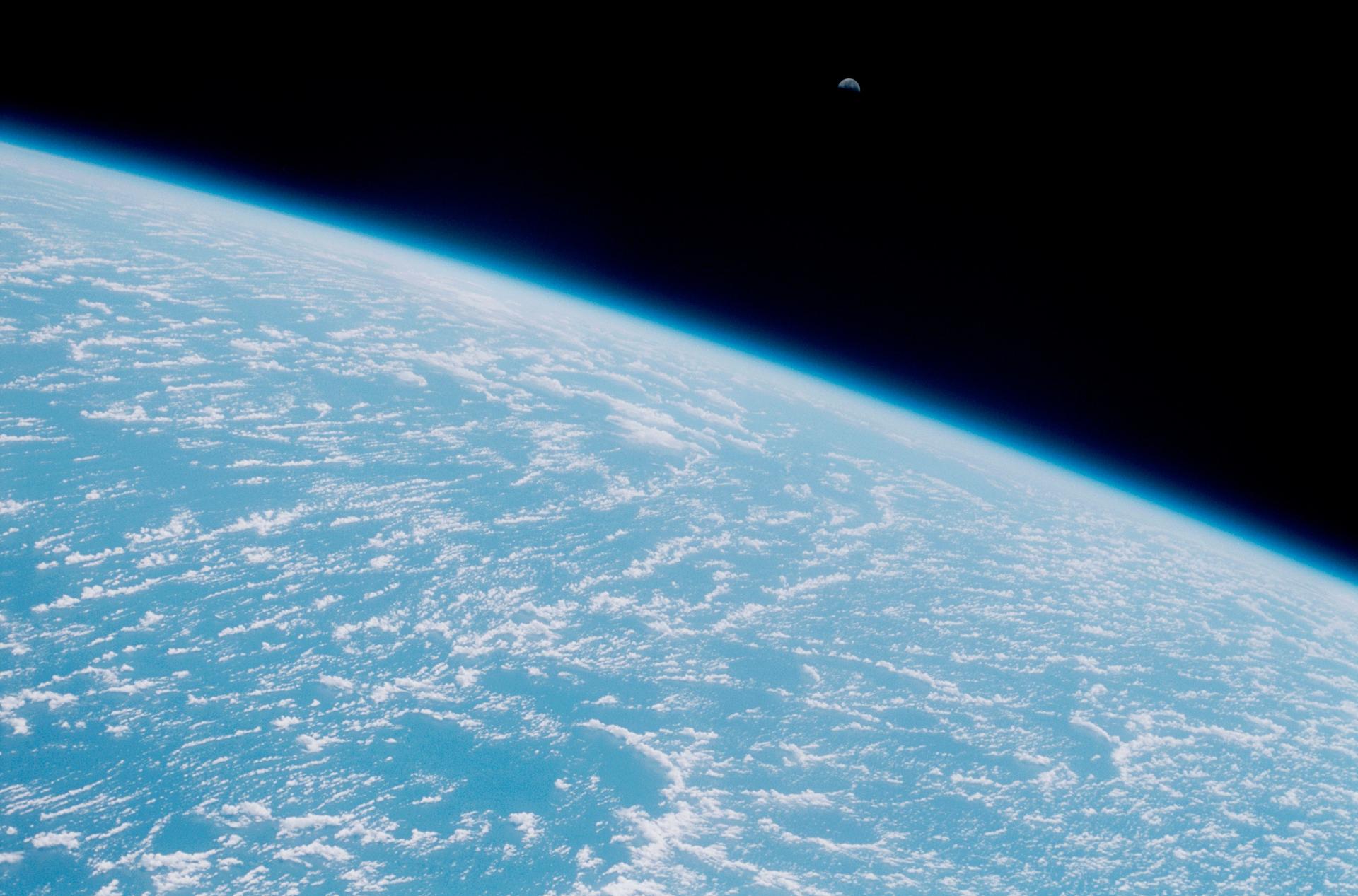
Earth Science Data
EOSDIS Distributed Active Archive Centers (DAACs):
NASA’s Earth Observing System Data and Information System (EOSDIS) is designed as a distributed system, with major facilities at NASA’s Distributed Active Archive Centers (DAACs) located throughout the United States. These institutions are custodians of EOS mission data and ensure that data will be easily accessible to users. EOSDIS DAACs process, archive, document, and distribute data from NASA’s past and current Earth-observing satellites and field measurement programs. Acting in concert, the DAACs provide reliable, robust services to users whose needs may cross the traditional boundaries of a science discipline, while continuing to support the particular needs of users within the discipline communities. You can find out more here.
- Individual DAACs:
- Alaska Satellite Facility (ASF) DAAC
- Atmospheric Science Data Center (ASDC)
- Crustal Dynamics Data Information System (CDDIS)
- Global Hydrometeorology Resource Center (GHRC) DAAC
- Goddard Earth Sciences Data and Information Services Center (GES DISC)
- Land Processes DAAC (LP DAAC)
- Level 1 and Atmosphere Archive and Distribution System (LAADS) DAAC
- National Snow and Ice Data Center (NSIDC) DAAC
- Oak Ridge National Laboratory (ORNL) DAAC
- Ocean Biology DAAC (OB.DAAC)
- Physical Oceanography DAAC (PO.DAAC)
- Socioeconomic Data and Applications Center (SEDAC)
The Earth Science Project Office (ESPO) Data Archive: The Earth Science Project Office (ESPO) Data Archive contains measurements and related information pertaining to NASA aircraft field experiments.
Space Science Data
Heliophysics
Heliophysics studies the nature and dynamic interactions of the Sun, the heliosphere, the plasma environments of the planets and interstellar space
- NASA Heliophysics Data
- Search for heliophysics data through the Heliophysics Data Portal (HDP)
- The collection of data and their associated resources are termed the Heliophysics Data Environment (HPDE)
- Heliophysics Archives:
- Space Physics Data Facility (SPDF) is the NASA active and permanent archive for non-solar heliophysics data, and provides data display and listings through the CDAWeb web services. SPDF maintains the SSCweb database of spacecraft orbits, the OMNIweb cross-normalized database, and the Common Data Format (CDF) self-describing science data format and associated software.
- Solar Data Analysis Center (SDAC) is the NASA active and permanent archive for solar heliophysics data, and provides access to solar data world-wide through the Virtual Solar Observatory (VSO).
- Community Coordinated Modeling Center (CCMC) is a multi-agency partnership to enable, support and perform the research and development for next-generation space science and space weather models.
The Planetary Data System
The Planetary Data System (PDS)is a long-term archive of digital data products returned from NASA’s planetary missions, and from other kinds of flight and ground-based data acquisitions, including laboratory experiments. Nodes:
- Atmospheres Node: The Planetary Atmospheres Node (ATM) is responsible for the acquisition, preservation, and distribution of all non-imaging atmospheric data from NASA’s planetary missions, including higher-order products derived from those data. In addition to providing user consultation, the node makes available a number of tools and services supporting researchers.
- Geosciences Node: The Geosciences Node (GEO) is responsible for the acquisition, preservation, and distribution of data sets that are relevant to the geosciences discipline: the study of the surfaces and interiors of terrestrial planetary bodies. Derived image data, geophysics data, microwave data, spaceborne thermal data and spectroscopy data obtained from NASA’s planetary science missions are archived at the Geosciences node or at one of its data nodes, along with related data from laboratory and field studies. In addition to providing user consultation, the node makes available a number of tools and services supporting researchers.
- Cartography and Imaging Sciences Node: The Cartography and Imaging Sciences Node (CIS), also known as the “Imaging Node” or “IMG”, is responsible for the acquisition, preservation, and distribution of NASA’s primary digital image collections from missions to the inner and outer Solar System planetary systems (planets, rings and moons, including icy satellites). Imaging provides the archives, ancillary data, sophisticated data search and retrieval tools, and cartographic and imaging science expertise necessary to develop and fully utilize the vast collection. Node expertise includes orbital and landed camera instrument development and data processing, data engineering and inforatics, planetary remote sensing at UV to RADAR wavelengths, and cartographic and geospatial data analysis and product development.
- Planetary Plasma Interactions Node: The Planetary Plasma Interactions Node (PPI) is responsible for acquisition, preservation, and distribution of fields and particle data from NASA’s planetary science missions. In addition to providing user consultation, the node makes available a number of tools and services supporting researchers.
- Ring-Moon Systems Node: The Planetary Ring-Moon Systems Node (RMS) is responsible for the acquisition, preservation, and distribution of data sets relevant to outer planetary systems containing planetary rings and/or moons, including the ways the rings and moons interact. Remote sensing data (images, imaging spectrometer data, and occulations) for systems beyond the asteroid belt (that is, Jupiter through Pluto) are archived at the RMS node. The Ring-Moon Systems Node also performs a variety of services to support research into these data sets. These services include OPUS, a comprehensive search tool for outer planet systems, various tools for planning and analyzing observations, and coordinating special observing campaigns.
- Small Bodies Node: The Small Bodies Node (SBN) is responsible for the archiving and distribution of planetary science data relevant to research of objects generally described as comets, asteroids, and interplanetary dust including dwarf planets, objects in the Kuiper Belt and the Oort cloud, Centaurs, and small planetary satellites. Included are mission, ground-based, and laboratory data. In addition to providing user consultation, the node, acting through its comet (University of Maryland College Park), asteroid and dust (Planetary Science Institute, Tucson AZ) sub-nodes, makes available a number of tools and services supporting researchers and observers. The SBN oversees the Minor Planet Center (Smithsonian Astrophysical Observatory, Cambridge MA), a data center, in the execution of its special tasks mandated by the International Astronomical Union, including the categorization and designation of small bodies.
- Navigation and Ancillary Information Facility Node: The Navigation and Ancillary Information Support Node (NAIF) is responsible for design and implementation of the SPICE system – a means for computing observation geometry used in mission design, mission evaluation, observation planning and science data analysis. NAIF also services as the PDS’ “ancillary data node,” with responsibility for the acquisition, preservation, and distribution of SPICE kernel files produced by those NASA planetary science missions that choose to use SPICE. NAIF provides SPICE users the NAIF Toolkit Software, needed for computing observation geometry parameters from SPICE data.
High Energy Astrophysics Science Archive Research Center
The High Energy Astrophysics Science Archive Research Center (HEASARC) is the primary archive for NASA’s (and other space agencies’) missions studying electromagnetic radiation from extremely energetic cosmic phenomena ranging from black holes to the Big Bang. Since its merger with the Legacy Archive for Microwave Background Data Analysis (LAMBDA) in 2008, the HEASARC archive contains data obtained by high-energy astronomy missions observing in the extreme-ultraviolet (EUV), X-ray, and gamma-ray bands, as well as data from space missions, balloons, and ground-based facilities that have studied the relic cosmic microwave background (CMB) radiation in the sub-mm, mm and cm bands.
The Astromaterials Data System (AstroMat)
Astromaterials Data System (AstroMat) is an effort started in 2018 with NASA funding to build and operate a data infrastructure for laboratory data acquired on samples curated in the Astromaterials Collection of the Johnson Space Center. AstroMat collections include data from lunar, meteorite, star dust, cosmic dust, and asteroid return samples.
Exoplanet Archive
The NASA Exoplanet Archive is an online astronomical exoplanet and stellar catalog and data service that collates and cross-correlates astronomical data and information on exoplanets and their host stars, and provides tools to work with these data.
The Astrobiology Habitable Environments Database (AHED
The Astrobiology Habitable Environments Database (AHED) is a long-term repository and productivity platform for the storage, discovery and analysis of data relevant to the field of astrobiology. The goals of AHED are to: serve as a centralized digital library of NASA funded research relevant to the Astrobiology Program, to enable proposers to fulfill mandated data management plan (DMP) archiving requirements, and serve a resource for the broader scientific community promoting the advancement of astrobiology through data sharing and standardization – including non-NASA funded research data.
Life Sciences Data
NASA Life Sciences Portal: A data archive focused on the life sciences, including; behavior and performance data, genetics, cell and molecular biology, clinical medicine, life support systems, etc.
NASA People Data
WICN (Workforce Information Cubes for NASA): The Workforce Strategy Division in the Office of Human Capital Management provides updated WICN Cubes every two weeks. Data covers who works where, who works on what, and what changes are happening.
NASA Data Information & Tools
There are also a variety of sites that offer derived data products, tools, and educational resources that build on NASA’s data.
Explore The NASA Data Archives about NASA Data Information & Tools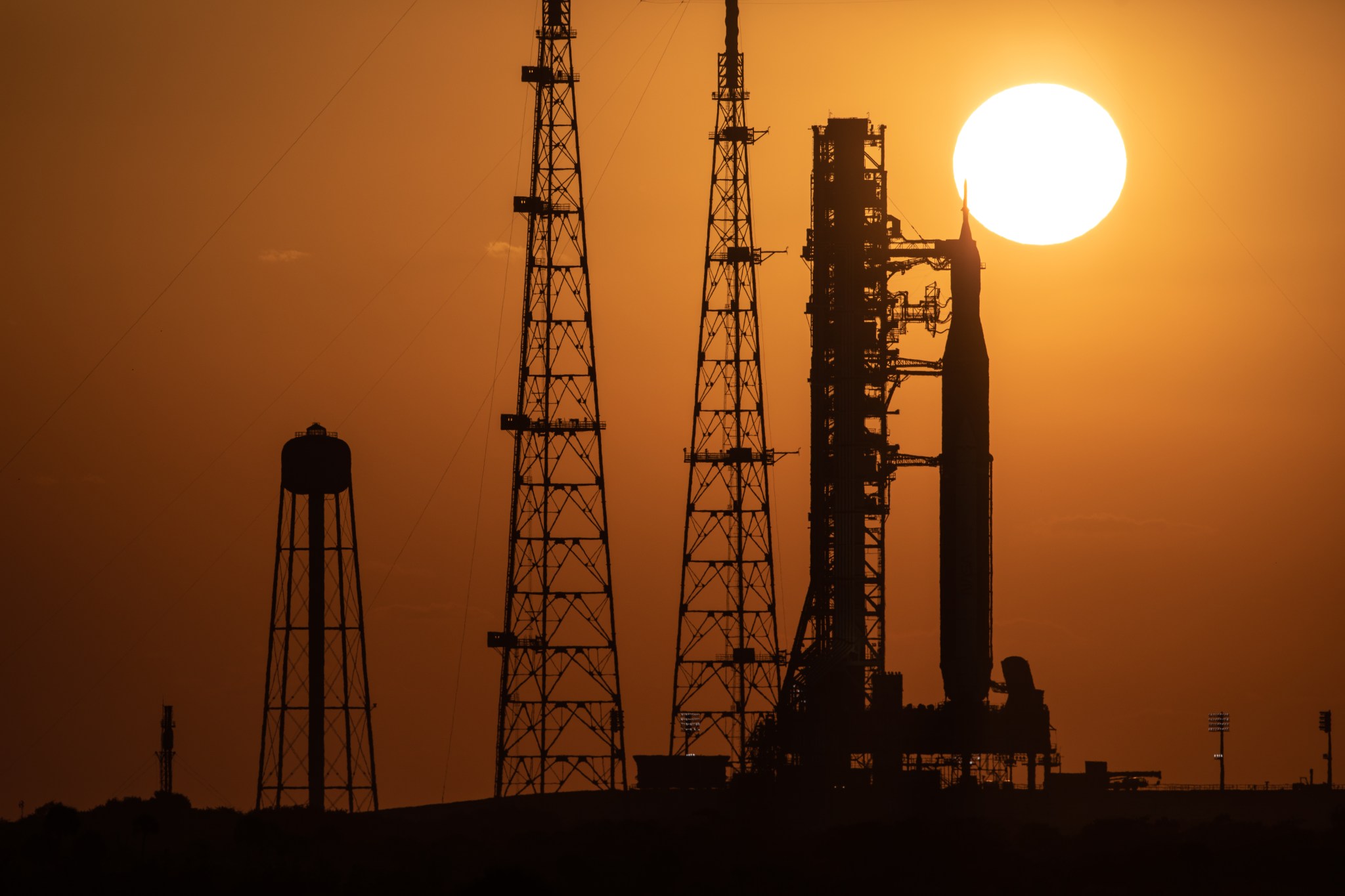
Earth Science Information & Tools
- Committee on Earth Observing Satellites (CEOS) International Directory Network: The CEOS IDN is an international effort developed to assist researchers in locating information on available datasets.
- GISS (Goddard Institute for Space Studies) derived datasets and studies: Datasets and derived material are available from the NASA GISS websites for research projects relating to climate simulations, climate impacts, exoplanets, astrophysics, clouds, etc.
- Landsat Science: Landsat is a joint NASA/USGS program provides the longest continuous space-based record of Earth’s land in existence. Every day, Landsat satellites provide essential information to help land managers and policy makers make wise decisions about our resources and our environment. This webpage focuses on the science and management decisions enabled by Landsat.
- Landsat Satellite Data Explorer (USGS & NASA): Provides a web-based user interface to explore Landsat data.
- OceanColor Web: NASA’s OceanColor Web is supported by the Ocean Biology Processing Group (OBPG) at NASA’s Goddard Space Flight Center. Our responsibilities include the collection, processing, calibration, validation, archive and distribution of ocean-related products from a large number of operational, satellite-based remote-sensing missions providing ocean color, sea surface temperature and sea surface salinity data to the international research community since 1996. It has a relationship with the Ocean Biology DAAC.
- Global Imagery Browse Services (GIBS): GIBS provides quick access to over 900 satellite imagery products, covering every part of the world. Most imagery is updated daily – available within a few hours after satellite observation, and some products span almost 30 years. The satellite imagery can be rendered in your own web client or GIS application.
- Astronaut Photography: A catalog of photographs taken in space by astronauts. The majority are earth observations.
- NASA Earth Observations: NASA Earth Observations focuses on making it easy to see changes in specific climate and environmental characteristics like average land temperature or UV index at a global scale.
- Earth Observatory: A collection of photo essays that depict events, changes, and phenomenon in specific locations on Earth.
- Earth Plus: Earth+ makes NASA satellite photos and data accessible to blind students. The Earth+ software allows blind students to navigate around a picture and “see” it using sound cues about the features in the picture. The software and companion resources present Earth Science to middle school kids in a whole new way.
Space Science Information & Tools
- Astromaterials 3D Models: o Web accessible 3D models of meteorites and moon rocks from the Apollo missions.
- NASA Space Science Data Coordinated Archive, NASA’s archive for space science mission data.
- Astrophysics: Astrophysics data and mission information
- Heliophysics: Space and solar physics data and mission information
- Solar System Exploration: Lunar and planetary science data and mission information
- FERMI Gamma-ray Space Telescope: Data, tools, and science
- Helioviewer: An open-source project for the visualization of solar and heliospheric data.
- Virtual Solar Observatory: A web-based interface for searching for solar physics data products
- Large Angle and Spectrometric Coronagraph Experiment (LASCO) LASCO was a collaboration between naval research laboratory, NASA, and ESA. This webpage provides information, data, derived products, science, and tools for working with LASCO data.
- Find Visible Near Earth Small Bodies (Asteroids & Comets): A small web-based tool that returns observable asteroids and comets for a given location and time.
- Physical Data & Dynamical Constraints: Selected physical characteristics of planets, planetary satellites, comets and asteroids are available. Links to these data are provided in each body’s corresponding section below.
Life Science Information & Tools
- Human Research Program: Information about the Human Research Program that includes many facets of human space travel, such as: Environmental Factors, Exercise Physiology, Habitability, Human Factors, Medical Capabilities, Physiology, Psychosocial and Behavioral Health, and Space Radiation. The Human Research Program is comprised of five Elements. They are the International Space Station Medical Projects, Space Radiation, Human Health Countermeasures, Exploration Medical Capability, and Human Factors and Behavioral Performance.
Educational Resources
- NASA 3D resources: A collection of 3D models, textures, and images from inside NASA.
- Scientific Visualization Studio (SVS): The SVS works closely with scientists in the creation of visualizations, animations, and images in order to promote a greater understanding of Earth and Space Science research activities at NASA and within the academic research community supported by NASA. Over 8,200 visualizations are available for the public to download.
- Space Weather Action Center: A variety of data, tools, and educational resources for helping teaching educate students about space weather.
- Images of the Milky Way across different wavelengths: This site has been archived and will not be updated. However the content is still available.
- Sally Ride EarthKam: Sally Ride EarthKAM (Earth Knowledge Acquired by Middle school students) is a NASA educational outreach program that enables students, teachers, and the public to learn about Earth from the unique perspective of space.
- Imagine the Universe Lesson Plans: “Imagine the Universe” Lessons plans for grade school kids
- NASA STEM: Engagement Overview site
- Mars and Moon in Google Earth 5.0: NASA can reach vast audiences by leveraging freely available and widely adopted “geo-browser” tools using open standards like Keyhold Markup Language (KML). This is how data was prepared for the three-dimensional Moon, Mars, and Sky modes that are available as part of the Google Earth 5 software. These modes, developed under a partnership between NASA and Google, feature many of NASA’s high value data sets and provide a rich, immersive 3D view of the cosmos. Google Moon, Mars, and Sky aid public understanding of planetary science and astronomy and provide researchers with a platform for sharing data using the same open standards. Most importantly, it allows members of the public to participate by sharing their own content on top of NASA’s built-in data layers in a visually stunning and intuitive way.
- My NASA Data: NASA offers petabytes of global Earth science data collected from satellites but accessing these data in a traditional (or virtual) science classroom can be tricky. Since 2004, My NASA Data has supported students and teachers of grades 3-12 in analyzing and interpreting NASA mission data.
Desktop Data Tools
- MultiSpec: A Freeware Multispectral Image Data Analysis System
- WorldWind: WorldWind is an open source virtual globe. Organizations around the world use WorldWind to monitor weather patterns, visualize cities and terrain, track vehicle movement, analyze geospatial data and educate humanity about the Earth. It is available as a web interface, Java based desktop tool, or Android based tool.
NASA Sites that Aggregate Data, Code, & APIs
NASA OCIO (Office of Chief Information Officer) TDD (Transformation and Data Division) Open Innovation Program provides sites that aggregate code, data, and APIs from across the agency for use by the public.
Explore The NASA Data Archives about NASA Sites that Aggregate Data, Code, & APIs
- https://data.nasa.gov aggregates metadata from a large number of different NASA data archives. It provides an overview of a significant portion of NASA’s data. The data.nasa.gov user interface is useful if you know what data you’re looking for but don’t know exactly which data archive to look in. It also provides a single JSON of all the metadata of several thousand datasets cataloged on data.nasa.gov at data.nasa.gov/data.json. Please note that this file will take several minutes to download! All metadata on data.nasa.gov is also harvested into data.gov, which provides a search interface for data across all U.S. Government federal agencies.
- https://code.nasa.gov is a metadata catalog of every NASA code project that has been open sourced and is publicly available. Many of these projects live on github.com/nasa, but not all of them. Using code.nasa.gov ensures you’ll find all of them. Software.nasa.gov supplies similar content as code.nasa.gov, but with a different interface and the inclusion of government source code in addition to open source. https://software.nasa.gov is run by the Technology Transfer Office, which also provides open data on patents and NASA spinoffs at https://technology.nasa.gov/.
- https://api.nasa.gov provides a listing of NASA APIs as well as a webform to get a key to use them. These are used by thousands of developers to build products used by tens of thousands of users each month. The site does not provide an exhaustive list of NASA APIs but rather focuses on beginner friendly APIs most useful to the generic public.
Last Updated: Apr 26, 2023
Editor: Michael Porterfield





























